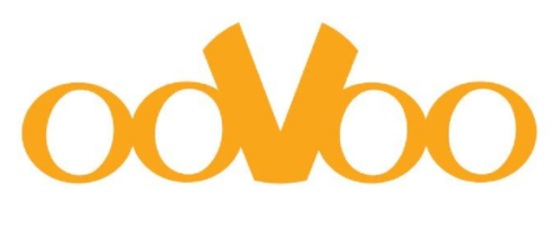Construe Claims First; Then Rule on Eligibility
Patent – Patently-O 2019-08-20
MyMail, Ltd. v. ooVoo, LLC (Fed. Cir. 2019)
In a split decision, the Federal Circuit has remanded this case — holding that the district court needs to construe the claims before adjuding patent eligibility.

MyMail’s patents cover the method method of modifying toolbars on a (PC) computer display from the server-side without user interaction. N.D. Cal. Judge Koh dismissed the case on the pleadings — finding the claims directed to the abstract idea of “updating toolbar software over a network without user intervention.” The court noted that the claims basically gather, analyze and process information and generate a response to transmitted data — all of which are generally abstract functions. In addition the court noted that the claims “relate to [the abstract idea of] using communications networks to update software stored on computers.” Under Alice Step 2, the court found no inventive concepts in the claim — but rather generic, conventional components such as “Internet-connected computers and servers.” While a “toolbar” might be interesting, they were already in widespread use as of the invention and so not an inventive concept.
In an earlier proceeding, the E.D. Tex. construed the term “toolbar” with some particularity as a “button bar that can be dynamically changed or updated via a Pinger process or a MOT script.” MyMail, Ltd. v. Yahoo! Inc., 16-CV-1000 (E.D. Tex. Sept. 9, 2017). MyMail requested the same construction in this case — hoping that the added complexity would either (1) take the concept out of the abstract idea realm or (2) be considered an inventive concept. ooVoo argued that the prior claim construction was “wrong.”
Judge Koh did not address claim construction in her R. 12(c) dismissal on the pleadings and, on appeal, the Federal Circuit has vacated that holding:
[T]he district court’s failure to address the parties’ claim construction dispute is error under Aatrix.
Although claim construction is a question of law, the Federal Circuit deferred on the idea of construing the term itself — noting its role of providing “de novo review” is quite different from and more limited than a district court’s initial determination of the merits. So, on remand, the district court will need to construe the claims and then consider whether they are still ineligible.
The majority opinion was authored by Judge Reyna and joined by Judge O’Malley. Judge Lourie wrote in dissent and argued that the claim construction issue is a “mirage” because the claims are “clearly abstract, regardless of claim construction.”
The claims’ breadth illustrates their abstract nature. They cover any toolbar modification, on any of the multitudes of Internet-connected devices, using generic servers and Internet functionality. . . . [A]ny invention in using known devices in a new way to transmit data must lie in using the devices themselves differently to accomplish a new process, not simply transmitting a different type of data according to the same process.
According to Judge Lourie, this is not a case of “inventive programming.”
= = = =
The patent here stems from a broad provisional application filed in 1997 by Netsafe. Netsafe owed Robert Derry $70,000. He obtained judgment and was awarded the patent rights as payment back in 2000. Derry is the head of MyMail and lead inventor Thomas Selgas is a co-founder.
Mymail obtained $6.8 million settlement on the patents from various companies back in 2005 and Selgas reportedly received a distribution of $1.1 million. According to IRS court filings, Selgas bought gold coins rather than paying taxes on the income. [US v. Selgas][DOJ Press Release]. That case is ongoing.
= = = =
In a separate IPR, the PTAB found the patent not proven invalid as obvious. Unified Patents Inc. v. MyMail, Ltd., IPR2017-00967.
= = = =
Eric Buether from Buether Joe & Carpenter (Dallas) argued for the patentee MyMail; Robert Hails from Baker Hostetler (DC) argued for the defendants.